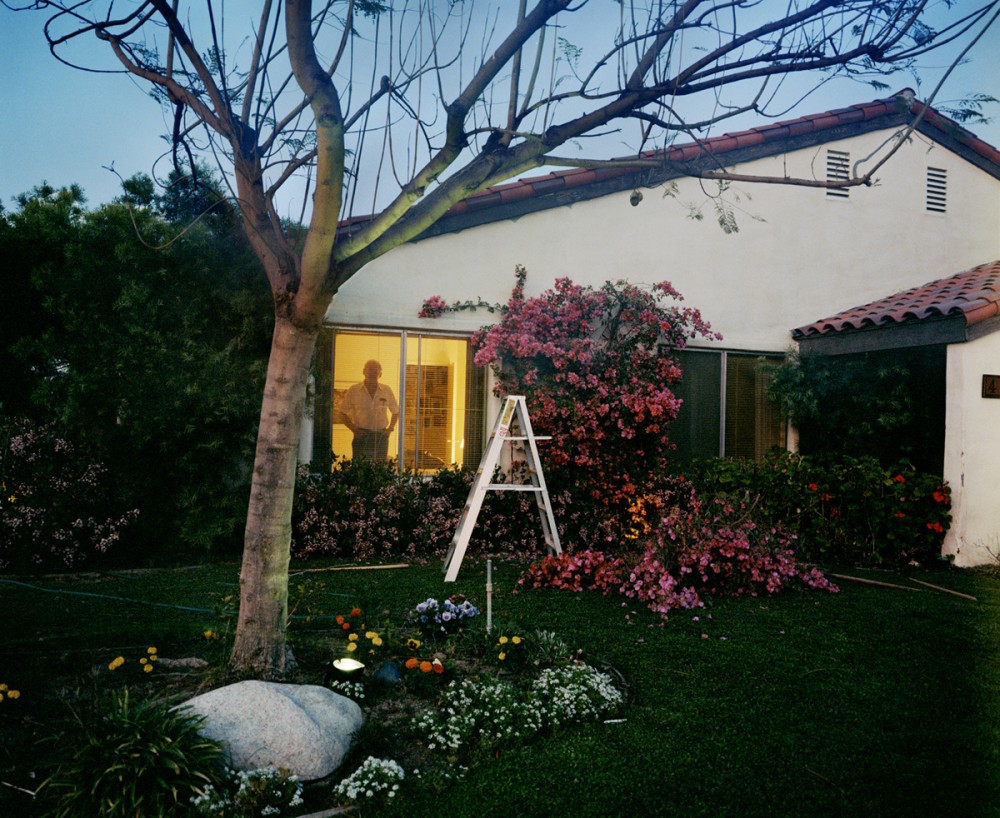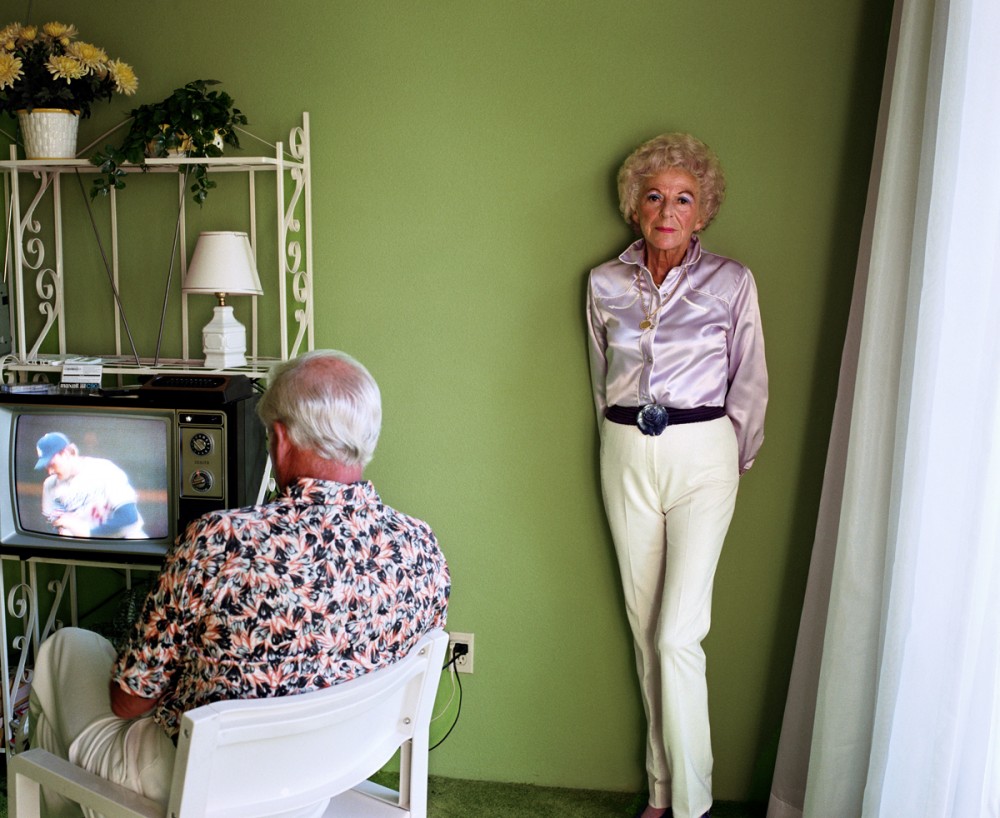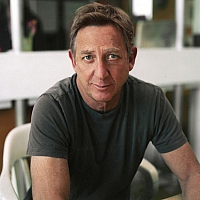
Larry Sultan, Los Angeles, Early Evening, from the "Pictures from Home" series, 1986. © The Estate of Larry Sultan. Courtesy Galerie Thomas Zander, Cologne.
Expositions du 14/3/2015 au 24/5/2015 Terminé
S.M.A.K. Jan Hoetplein 1 B-9000 Ghent Belgique
Kunstmuseum Bonn Friedrich-Ebert-Allee 2 53113 Bonn France
Larry Sultan (1946–2009) was one of the most important American conceptual photographers. An extensive selection of his work is now being shown simultaneously in two European museums. S.M.A.K. is presenting the first solo exhibition of Sultan's work in Belgium, and Kunstmuseum Bonn is exhibiting the largest selection of his work ever shown in Germany.S.M.A.K. Jan Hoetplein 1 B-9000 Ghent Belgique
Kunstmuseum Bonn Friedrich-Ebert-Allee 2 53113 Bonn France
Sultan created "Evidence" (1975–77) together with Mike Mandel, selecting images that previously existed solely within the boundaries of the industrial, scientific, governmental and other institutional sources from which they were mined. Isolated from the context of its origin and presented without explanatory captions their content is mirrored back to the observer. By questioning the position of the photographer as "author," this project can be seen as a turning point in the recent history of photography and a forerunner of appropriation as a postmodern artistic strategy. Several other early joint projects by Sultan and Mandel also question the reality value and seductive powers of images. In the 1970s, when advertising billboards were the dominant communication medium in the American landscape, the duo developed "Billboards" (1973–89), which undermined commercial promotional strategies by blurring the message to the point of absurdity and combining it with contradictory and provocative slogans.

My mother posing for me, 1984 © Larry Sultan
In the three solo projects that Sultan completed between 1982 and 2009—"Pictures from Home," "The Valley" and "Homeland"—he interwove current socio-political topics with memories of places from his childhood. Sultan was born in New York, but grew up in California, more specifically the San Fernando Valley, in Hollywood's backyard. This former desert region had always attracted people—including Sultan's parents—who embarked there to live the American Dream. Pictures from Home (1982–1992) combines photography, amateur film stills and texts. It enigmatically exposes the network of relationships between the artist and his parents. Originally a politically motivated examination of the image of the family during the Reagan era, the series develops into a poetic narration about the boundaries of documentary practices. In The Valley (1996-2003) Sultan explores the typically middle-class locations rented by the Californian porn-film industry. His artistic focus is not a moral judgment of pornography. Rather he is interested in the life and work of the suburbs within a symbolically loaded setting. Homeland (2006–2009) brings the myth of the Californian landscape to the fore. In picturesque and painterly images quoting the Hudson River School, Sultan stages Central American day laborers undertaking prosaic tasks on the peripheries of suburban sites.
Sultan explores the boundaries of "the photographic" and questions the role of images in the creation of identities. At the same time he affirmatively makes use imagery as a means of seduction. His work suggests that every image is very much defined by its context and is always subjective and notional. Sultan's later series are made exceptionally rich by the tension between documentary detachment and the photographer's psychological involvement with his subjects, between recording what presents itself and staging a scene, andbetween concrete narrative and conceptual abstraction.
To coincide with the exhibitions, S.M.A.K. and Kunstmuseum Bonn have collaborated on the publication of a substantial catalogue of Larry Sultan's work with articles by Stephan Berg, Christoph Schaden, Joshua Chuang, Peter Geimer, Martin Germann, Christoph Ribbat, Alessandra Nappo, Lewis Baltz and Stefan Gronert, who also edited the book. This monograph approaches Sultan's work from different points of view and focuses more deeply on specific aspects of it.
The curators of the exhibitions are Stefan Gronert (Kunstmuseum Bonn) and Martin Germann (S.M.A.K., Ghent).

